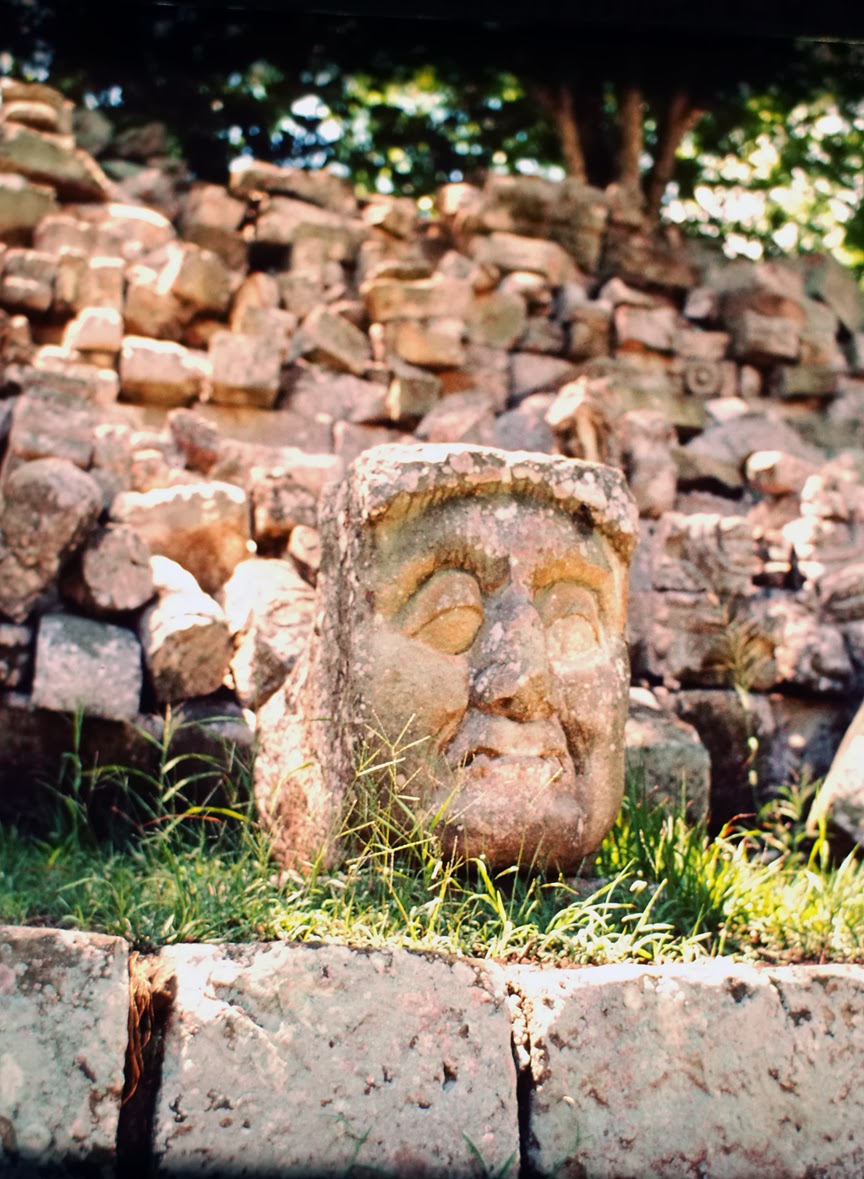 |
| Copán archaeological site in Honduras. |
The Treasury Department and Customs and Border Protection today issued
final rules in support of a five year extension of the cultural property Memorandum of Understanding (MoU) between the U.S. and Honduras.
The import rules, which protect endangered cultural heritage from Honduras, were finalized in response to the State Department’s conclusion that “conditions continue to warrant the imposition of import restrictions on the archaeological materials from Honduras….”
The renewed MoU contains added import protections covering threatened ecclesiastical ethnological material dating from Honduras’ Colonial Period. Sculpture, paintings, and metalwork such as chalices and crucifixes are now objects subject to American import controls.
A complete list outlining the full range of archaeological and ethnological objects subject to import restrictions may be found
here.
Voices from the collecting and museum communities last year expressed concern or outright opposition to a renewed agreement that would have protected Colonial and Republican cultural heritage objects. The Association of Art Museum Directors, for example, offered support for the Honduran MoU but cautioned that care should be taken to define exactly what objects should be protected and what dates should be used. The final rules issued today appear to have responded to these concerns by specifying ecclesiastical ethnological goods dating from c.1502-1821 A.D.
The U.S. first entered into a bilateral agreement with Honduras in 2004 after the cultural patrimony found in that Central American nation was found to be in jeopardy from pillage, particularly from archaeological site looting. The U.S. later renewed the MoU in 2009 for another five years, the time frame allowed by the Convention on Cultural Property Implementation Act (CPIA), which gives legal force to the 1970 UNESCO Convention on the Means of Prohibiting and Preventing the Illicit Import, Export and Transfer of Ownership of Cultural Property.
Cultural objects covered by the MoU’s import rules may legally pass through American borders when accompanied by either an export permit or proof showing that they left Honduras prior to the adoption of the restrictions. Prohibited cultural material may be detained, seized, and forfeited by customs authorities as contraband, and smugglers could face criminal prosecution.
Importers would do well to remember that the 1973 Pre-Columbian Monumental or Architectural Sculpture or Murals Statute still applies, permitting import of the goods designated in the law so long as the importer produces a valid export certificate or offers proof that the imported heritage objects left Honduras before June 1, 1973.
Photo credit: Krzysztof Szkurlatowsi
©2010-2022 Cultural Heritage Lawyer Rick St. Hilaire. Content discussing cultural heritage law, art law, looted antiquities, stolen artifacts, and museum risk management that is general information only, not legal advice.


